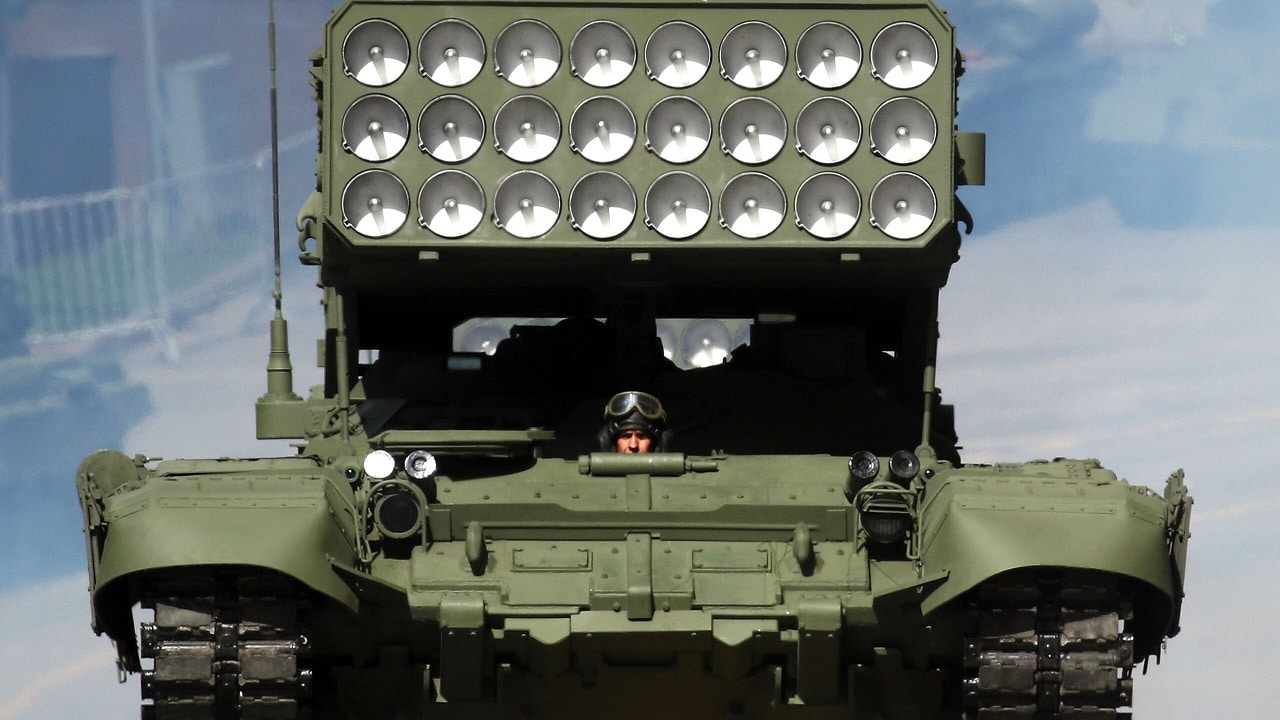After the Kakhovka Hydroelectric Power Plant dam was damaged on June 1 and ultimately breached on June 6, causing catastrophic floods throughout the city of Nova Kakhovka and the wider Kherson region, Ukrainian forces are continuing military activity widely understood to be part of the long-awaited counteroffensive.
Both Ukrainian and Russian forces have blamed each other for the destruction of the Soviet-era dam, which held 18 cubic kilometers of water prior to its breach.
The damage caused by the destruction of the bridge is immense, with thousands of people impacted, communities destroyed, and more than 150 tonnes of industrial lubricant having already leaked into the Dnipro River.
Despite the problems, however, Ukrainian military activity appears to be largely undisturbed. On Tuesday, June 6 – in the hours before the dam eventually collapsed – the Strategic Communications Center of the Ukrainian Armed Forces, Stratcom, issued a statement promising to continue its counteroffensive and “rebuild territories liberated from Russian aggression.”
“The military leadership of the USSR creates industrial and man-made disasters that cause destruction and forced evacuation of people from crisis areas,” the statement also reads, adding that Russia’s alleged attack on the dam proves that they are incapable of stopping Ukraine’s soldiers.
Western intelligence supports Ukraine’s claim that Russia was responsible for the destruction of the dam.
As troops continue to ramp up their counteroffensive against the Russians, the Ukrainian military is also using drones and other hardware to help those impacted by the floods. Video footage emerged online showing how Ukrainian troops are using rotary-blade drones to deliver water bottles to people stranded in buildings in Russian-controlled parts of Kherson Oblast.
The footage, shared online and published by a number of international media outlets, shows people hanging out of windows and catching water bottles dropped from drones in the same way the Ukrainian military drops grenades from unmanned aerial vehicles.
Prigozhin Says Counteroffensive Has “Broken Through”
Wagner Group chief Yevgeny Prigozhin said on Telegram on Tuesday that he believes Ukrainian forces have already “broken through” Russia’s line of defense, and argued that the long-awaited counteroffensive has already begun.
Prigozhin described how Ukrainian forces are already making gains in three places near Bakhmut, massing a “large accumulation” in Toretsk, and are soon expected to “cut Kurdyumovka and Ozaryanovka.”
“The Belgorod region is bursting at the seams. In Zaporizhzhia, they lost the most serious settlement. Now they will hit the north and south in the Donetsk direction and there will be no time. Aviation will not save [the situation],” Prigozhin added.
The mercenary group leader called on the Russian Ministry of Defense to provide an additional 200,000 soldiers to stop the counteroffensive.
However, it remains to be seen whether Russia will deploy such a huge number of troops to the frontlines.
Jack Buckby is 19FortyFive’s Breaking News Editor. He is a British author, counter-extremism researcher, and journalist based in New York. Reporting on the U.K., Europe, and the U.S., he works to analyze and understand left-wing and right-wing radicalization, and reports on Western governments’ approaches to the pressing issues of today. His books and research papers explore these themes and propose pragmatic solutions to our increasingly polarized society.
From 19FortyFive
Ukraine Footage Shows U.S. M982 ‘Excalibur’ Cut Through Russian Artillery
How To Sink A $3 Billion Dollar Submarine: Leave A Hatch Open
Smashed To Pieces: Video Shows Ukraine Hitting Russian Air Defenses

